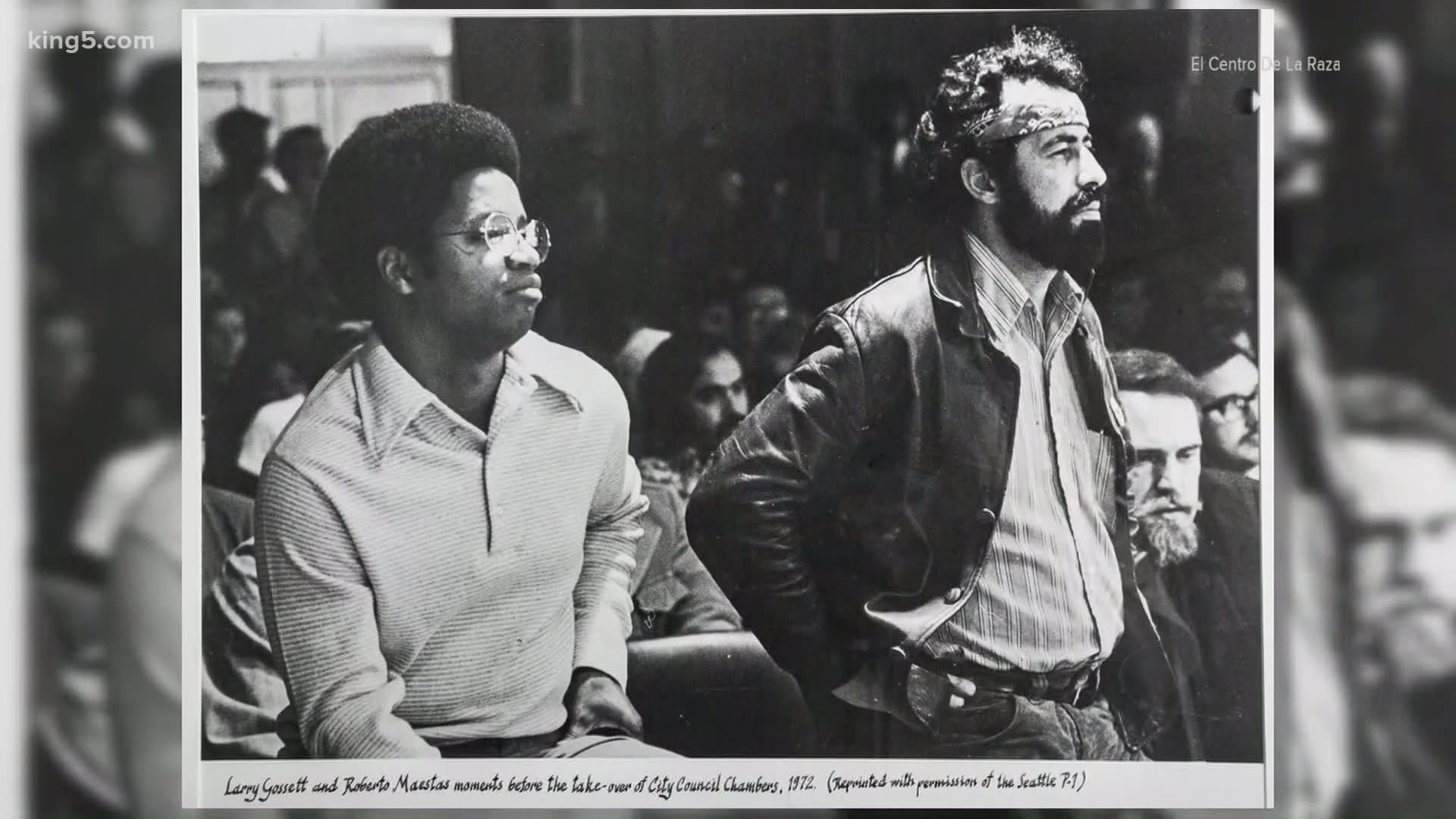SEATTLE — Seattle's so-called "CHOP," or Capitol Hill Organized Protest, is not a marching protest but an occupation of public space.
The village-like set up of the area around Cal Anderson Park may seem like a novel idea, but it's actually Seattle history repeating itself.
"I feel like that's a little bit of the way Seattle deals with things. They're looking for change," said Marie McCaffrey, executive director of History Link, an online database for Washington history.
She says Seattle is a city shaped by civil unrest, and examples can be found through it – even Discovery Park as we know it was shaped by protest. In 1970, 100 protesters occupied the former Fort Lawton, demanding the land be given back to native people. Seven years later, Daybreak Star Indian Cultural Center was created.
"Change is hard. Just in our own lives you see it, when we kind of have to hit a wall and have something radical happen to us before we're ready to accept a different way," said McCaffrey.
Estela Ortega is the co-founder and executive director of El Centro de la Raza, a non-profit hub for Seattle's Latinx community. She says an occupied protest is the reason their organization exists.
"There's such an interest in El Centro right now and our successful occupation," said Ortega.
It started with El Centro's founder Roberto Maestas teaching an ESL course in the early 1970's. Ortega says the class was also like a crisis intervention program, offering help with housing, employment and child care.
Maestas taught inside of a classroom, but also brought his students out to different communities, like different faith communities and the Black community, to practice English and learn about the difficulties each group faced.
"They had their consciousness raised about what it meant to be involved in a community," said Ortega.
Ortega says the program was cut in 1972 by the Nixon administration to make up for funds being diverted to paying for the Vietnam War.
In protest, Maestas, his students and members of the communities he had taken his students too, occupied an abandoned school building in Beacon Hill on October 11, 1972.
The building was occupied for three and a half months. It was eventually rented out to the group, and El Centro de la Raza was born.
CHOP has received praise and condemnation, just as El Centro's occupation did in 1972. Ortega says no matter what your views are, history has taught us that it is times like these we should open ourselves up to understanding.
"There's a beautiful saying by a Latin American philosopher: In a time of crisis, the people of the world must rush to know each other," said said. "We are in a crisis in Seattle, and so we must rush to get to know each other."

